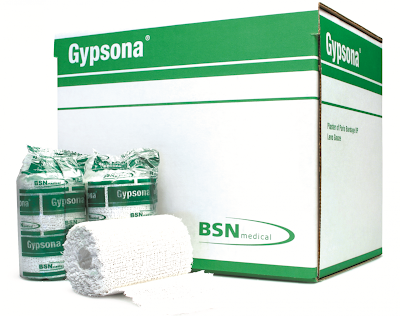Embedding a special object or even a biological specimen in a clear casting resin is an easy way to preserve it for eternity! The clear quality of the resin ensures that the object stays visible on all counts.
There are casting resins and then there is clear casting resin! Indeed, while polyurethanes are being used for making different types of resin castings, there’s something special about clear resins!
What sets clear casting resins apart from the rest of their ilk is that they can be used for encapsulation. Indeed, the clear quality of the resin makes it perfect for embedding different kinds of objects. They will stay clearly visible from all angles and look beautiful while at it.
The objects to be encapsulated can range from leaves, flowers, buttons, shells and other small objects to even special keepsakes like a stamp, coin, ring or a photograph. The casting process is used to make different objects like paperweights, key rings and jewelry that look both attractive and unique due to the items encapsulated inside them. The same technique also serves well for making point-of-purchase displays, rapid prototypes, special effects, sculpture reproductions, giftware, etc.
On a more serious note, science also falls on encapsulation for preserving biological specimens, like insects, plants and even small animals.
What sets clear casting resins apart from the rest of their ilk is that they can be used for encapsulation. Indeed, the clear quality of the resin makes it perfect for embedding different kinds of objects. They will stay clearly visible from all angles and look beautiful while at it.
The objects to be encapsulated can range from leaves, flowers, buttons, shells and other small objects to even special keepsakes like a stamp, coin, ring or a photograph. The casting process is used to make different objects like paperweights, key rings and jewelry that look both attractive and unique due to the items encapsulated inside them. The same technique also serves well for making point-of-purchase displays, rapid prototypes, special effects, sculpture reproductions, giftware, etc.
On a more serious note, science also falls on encapsulation for preserving biological specimens, like insects, plants and even small animals.
How to do it?
Clear casting resin is available as a two-part polyurethane casting system. It is usually mixed one-to-one by volume. Special molds are available that are specifically designed for clear casting. However, most artists prefer to make their own molds to ensure uniqueness in every feature of their casting.
While the mold can be made of almost any material, silicone molds are considered best. Especially, molds made with platinum-cure or condensation-cure silicone material will help preserve the clarity of the casting.
The casting process involves pouring the mixed clear casting material into the mold before gently embedding the object in the desired manner. Prior to this, it is important to degas the clear resin as it is prone to trap air bubbles. A pressure pot will work well here and the casting can be left to cure in the pressure pot itself.
Color can be added to the resin during the casting process – in the form of pigments or dyes. This can create a wonderful marbling effect in the casting.
All clear casting resins cure at room temperature. The cured cast will be UV resistant and non-yellowing.
Points to note
Encapsulation is not as straightforward as simply placing the specimen in the resin casting. The object has to first be cleaned thoroughly. It should also be completely dry. Leaves and flowers will have to be dried to remove the moisture content, and preferably coated with a preserving chemical. Biological specimens call for careful handling.
When it comes to the choice of clear casting resin, the number one option is obviously AquaClear Clear Casting Resin. Available at EnvironMolds, this is optically clear and cures to a hard and non-yellowing resin.

0 Comments






